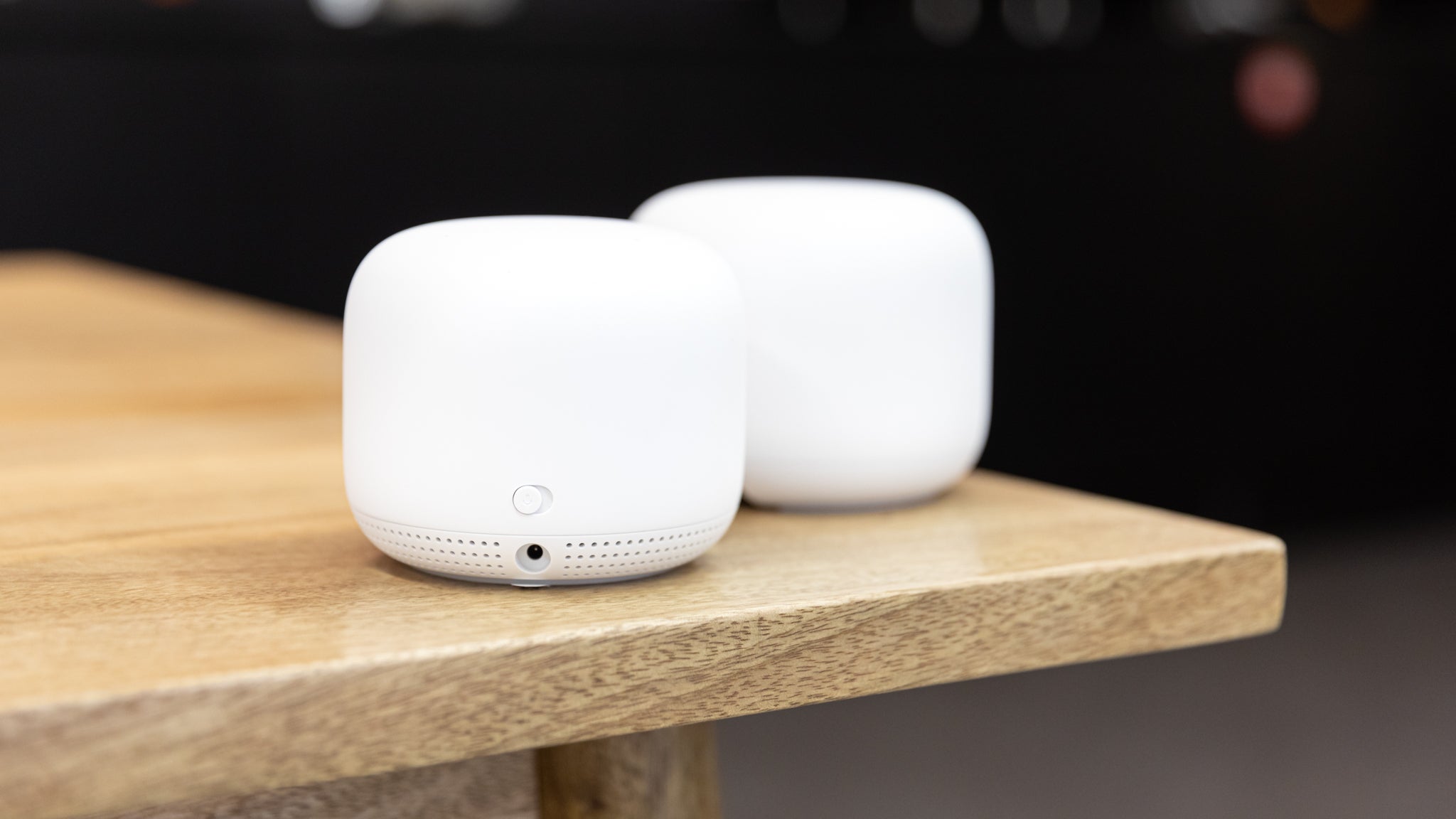In today’s interconnected world, a reliable Wi-Fi connection is essential for keeping up with work and entertainment and staying connected with loved ones.
The Google Nest Wifi mesh router system is one popular solution that promises seamless coverage throughout your home.
But is the Google Nest Wifi the right choice for your needs? In this comprehensive review, we’ll delve into the features, strengths, and limitations of the Google Nest Wi-Fi to help you make an informed decision. From its easy setup and stylish design to its integration with Google Assistant and coverage capabilities, we’ll explore what sets the Nest Wi-Fi apart and where it may fall short for demanding users.
Read also: Unplug your reality with Oculus Quest 2
The advantages of the Google Nest Wifi
Easy setup and management: A major strength of the Google Nest Wifi is its user-friendly setup process. The Google Home app guides you through the steps with clear instructions, making it accessible even for non-tech-savvy users. Managing the network and connected devices is also a breeze through the app.
Attractive design: Unlike bulky traditional routers, Google Nest Wifi points double as sleek and stylish mesh nodes that blend well with most home decor.
Good coverage: A single Google Nest Wifi router can cover up to 2,200 square feet, and adding additional points can extend coverage to even larger homes, which makes it suitable for most average-sized houses and apartments.
Google Assistant integration: If you’re already invested in the Google ecosystem, you’ll appreciate the built-in Google Assistant functionality on Wi-Fi points. This lets you control your network with voice commands, like pausing Wi-Fi for specific devices or checking network status.
Fast speeds (with limitations): The Google Nest Wifi supports the AC2200 Wi-Fi 5 standard, offering good speeds for most everyday tasks like browsing, streaming, and video calls. However, it doesn’t support the newer and faster Wi-Fi 6 standard, which some competing mesh systems boast.
Google Nest Wifi limitations
Limited speed for demanding users: While sufficient for most users, the Google Nest Wifi might be better for households with heavy internet usage or extensive online gaming. Routers supporting the newer Wi-Fi 6 standard might be better if you prioritise top-tier speeds.
No ethernet ports on Wi-Fi points: While the Google Nest Wi-Fi’s central router unit has built-in ethernet ports, the Wi-Fi points lack them, which can be a limitation if you have wired devices like smart TVs or gaming consoles that require a stable ethernet connection.
Read also: Meta launches the Quest 3 VR headset
Higher cost compared to some routers: The Google Nest Wifi is pricier than traditional routers offering similar coverage. However, mesh systems offer a more convenient way to achieve whole-home coverage.
The Google Nest Wifi is a solid mesh Wi-Fi system for users seeking a user-friendly and stylish solution for whole-home coverage. Its easy setup, Google Assistant integration, and good overall performance make it a good choice for most households.
Nevertheless, you prioritise top-tier Wi-Fi speeds or require ethernet ports on all units. In that case, routers with the newer Wi-Fi 6 standard should be considered, or alternative mesh systems should be explored to address these limitations.




